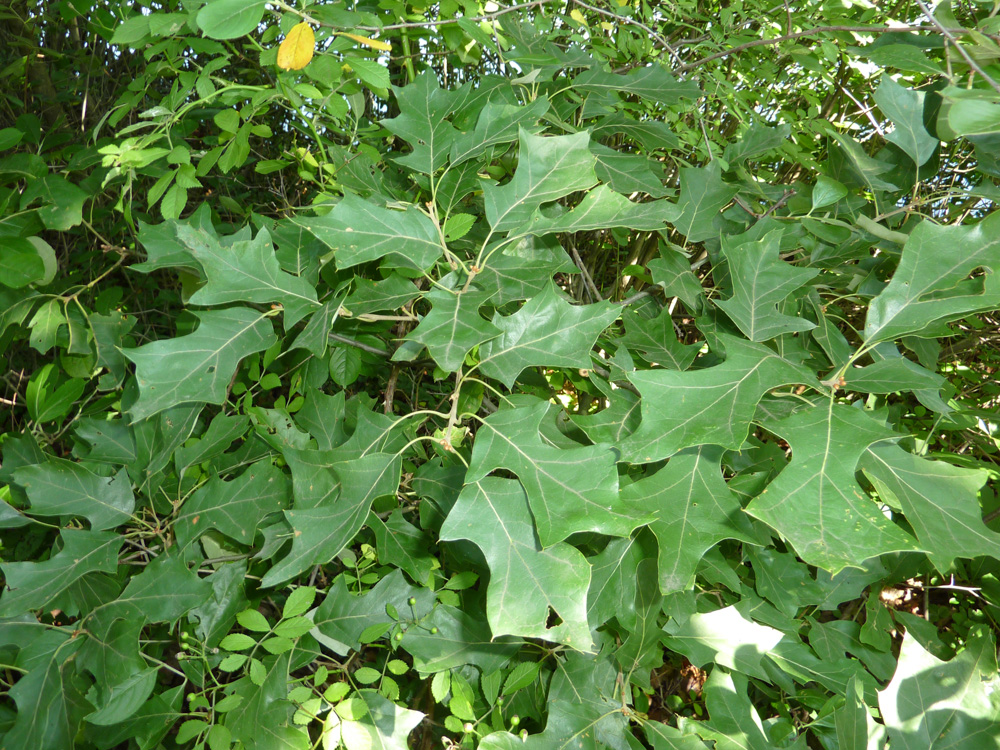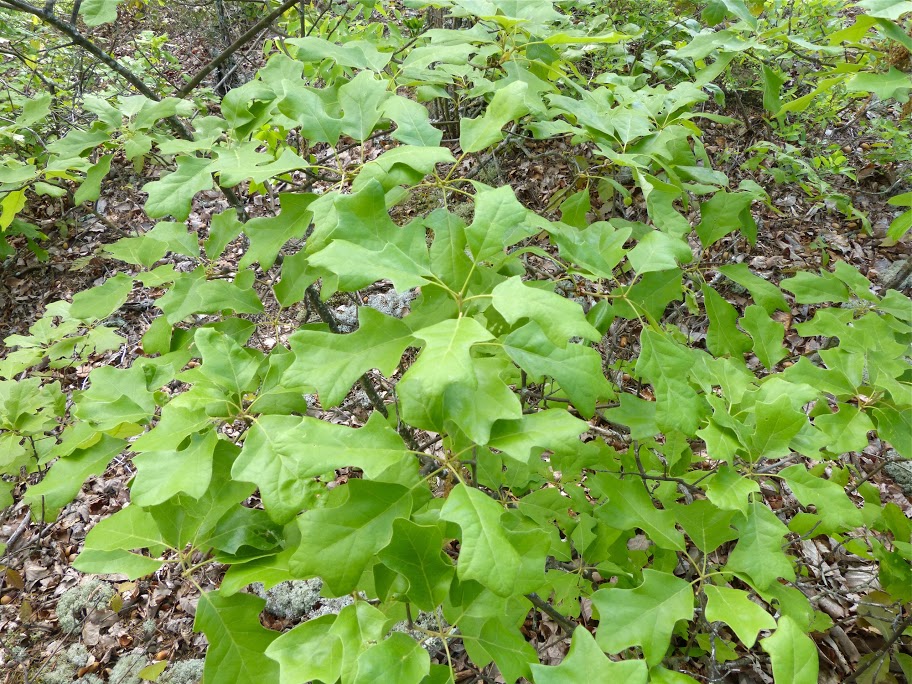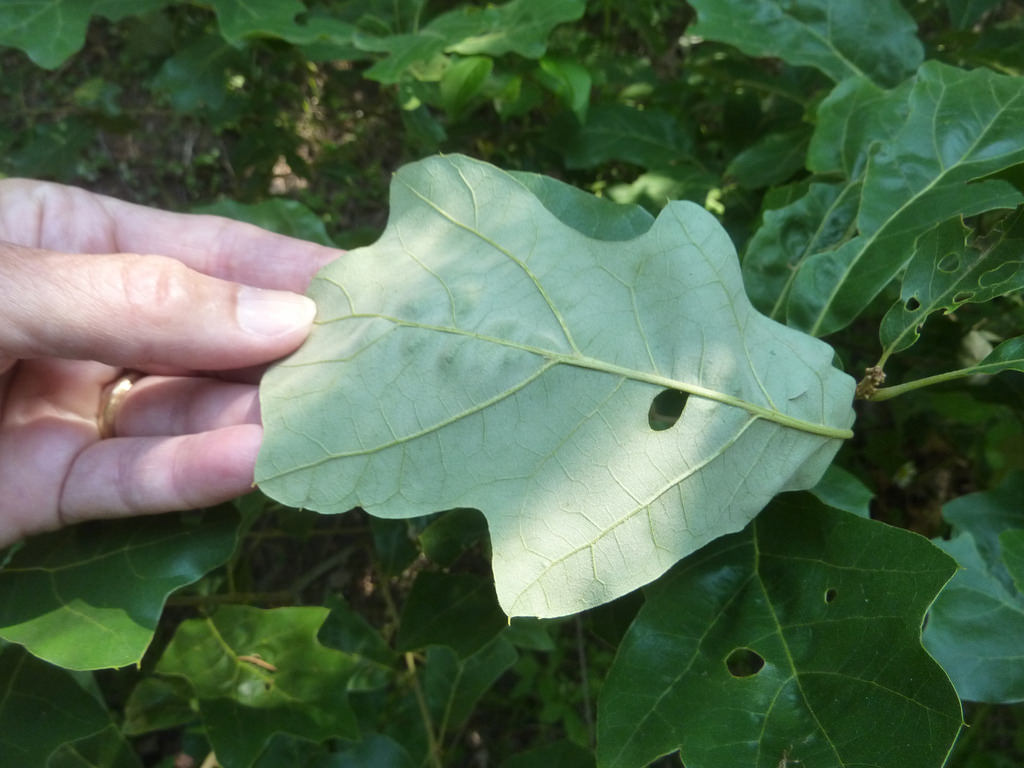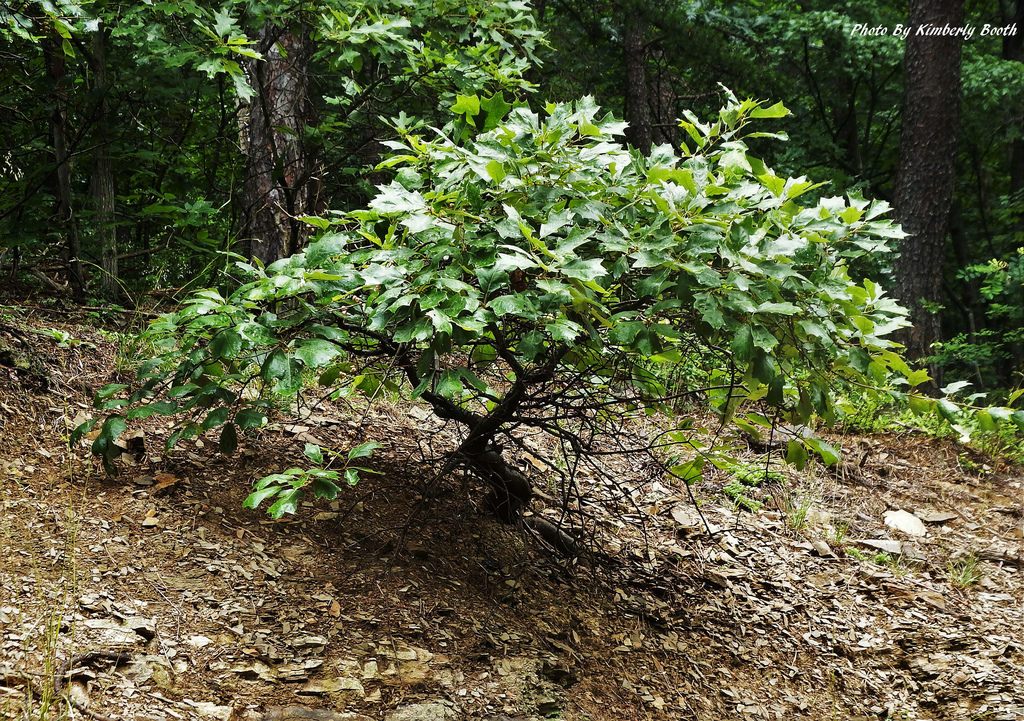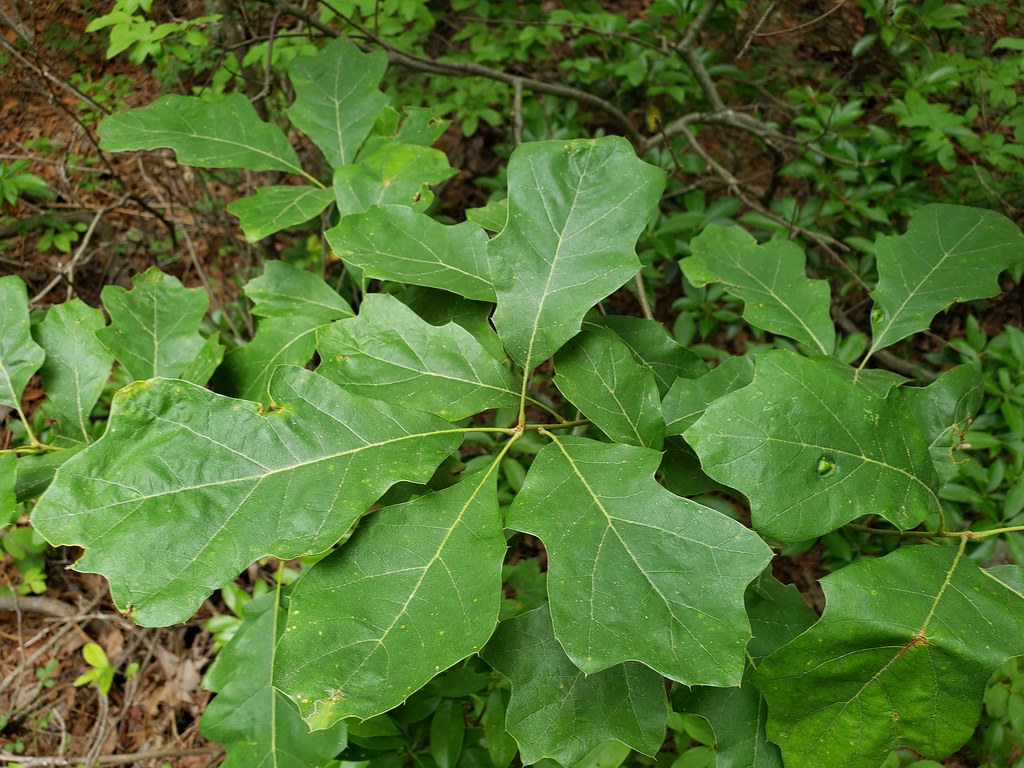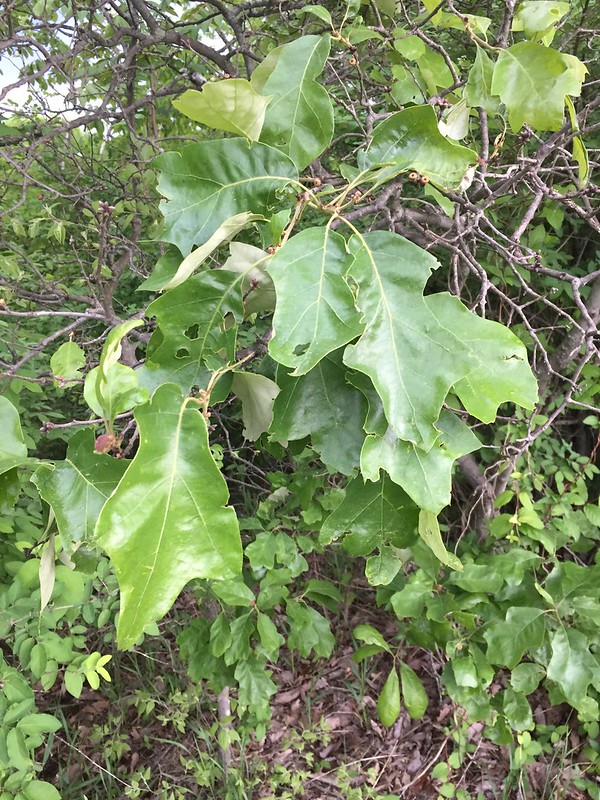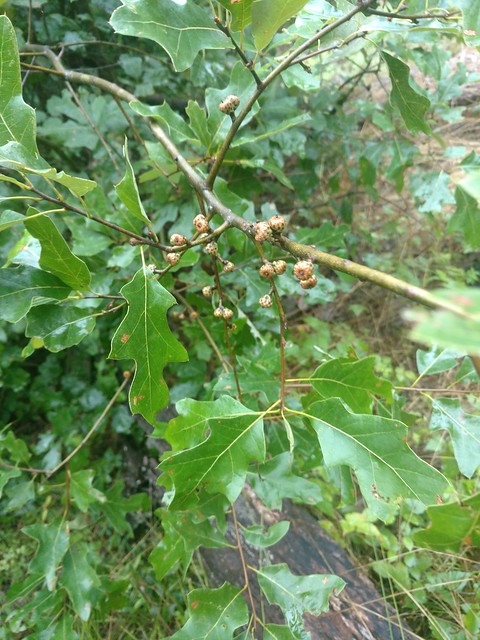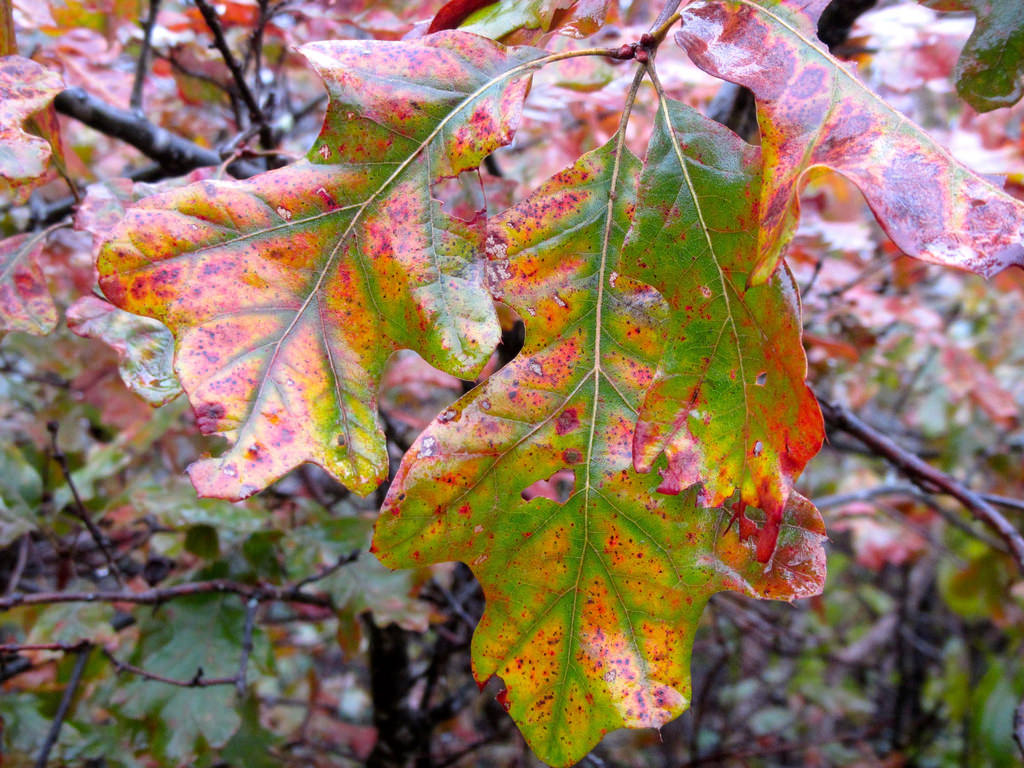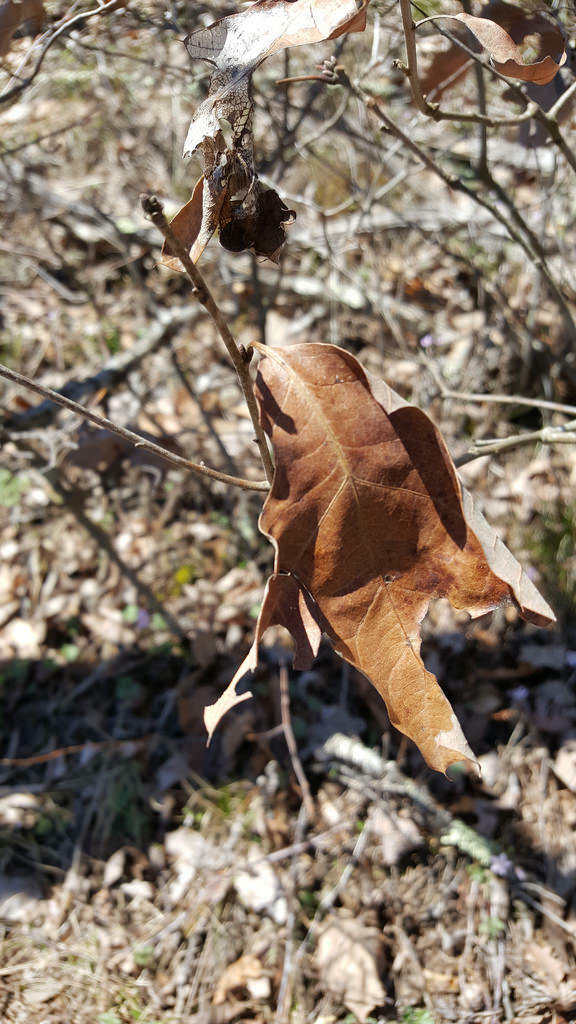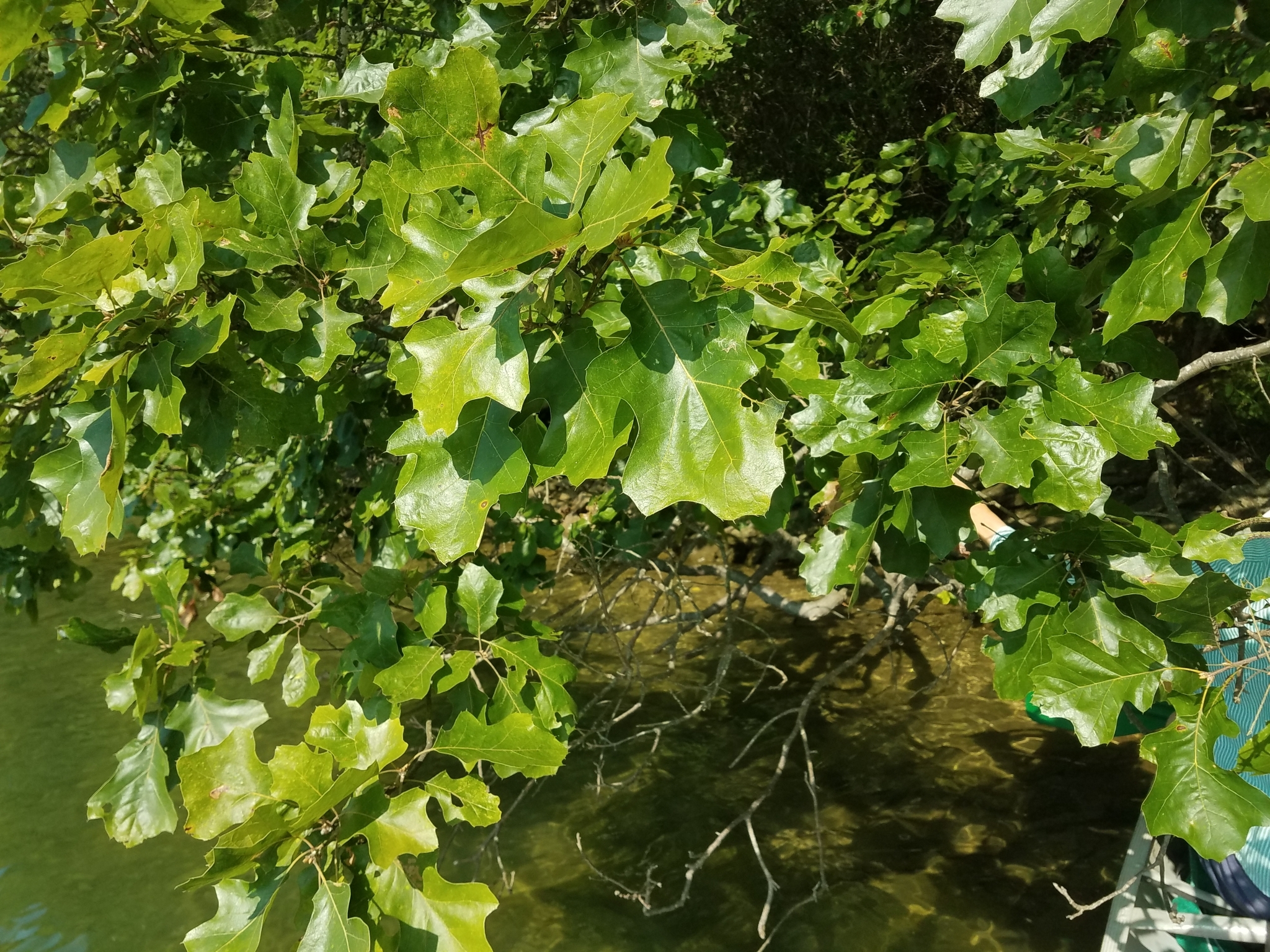

 Synonyms: Scrub Oak.
Synonyms: Scrub Oak.








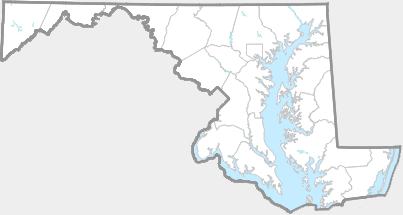
This diminutive oak (a shrub or small tree, 5-40 feet in height) occurs in a limited geographic range--the northeastern and mid-Atlantic states, from Maine to North Carolina. Also known as Scrub Oak, it is very intolerant of shade, and, when over-topped by larger trees, the stems die unless site disturbance, as by fire or clear-cutting, stimulates the sprouting of new stems from its long-lived roots. The stems tend to form dense thickets, which help hold the soil in place.
Bear Oak grows mainly in sandy, rocky, well-drained, nutrient-poor soils of mountains, uplands, barrens, and slopes. In Maryland, it is most typical of mountainous areas, but also occurs in the Piedmont, and rarely on the Coastal Plain.
Bear Oak is identifiable by its leaves, which are small, with only a few shallow, bristle-tipped lobes and distinctly whitish, hairy undersides. The acorns are brownish and striped.
Bear Oak is common on the shale barrens of Green Ridge State Forest.
The dense stems provide good cover and food (acorns) for small animals during the early stages of succession.
Host plant for various butterfly species including Edwards' Hairstreak, Banded Hairstreak, and Sleepy Duskywing.
Host plant for various moth species including the Buck Moth (Database of the World's Lepidopteran Hostplants).
There are 74 records in the project database.
| GA | AL | WA | FR | CL | MO | HO | BA | BC | HA | CE | PG | AA | CV | CH | SM | KE | QA | CN | TA | DO | WI | SO | WO |
